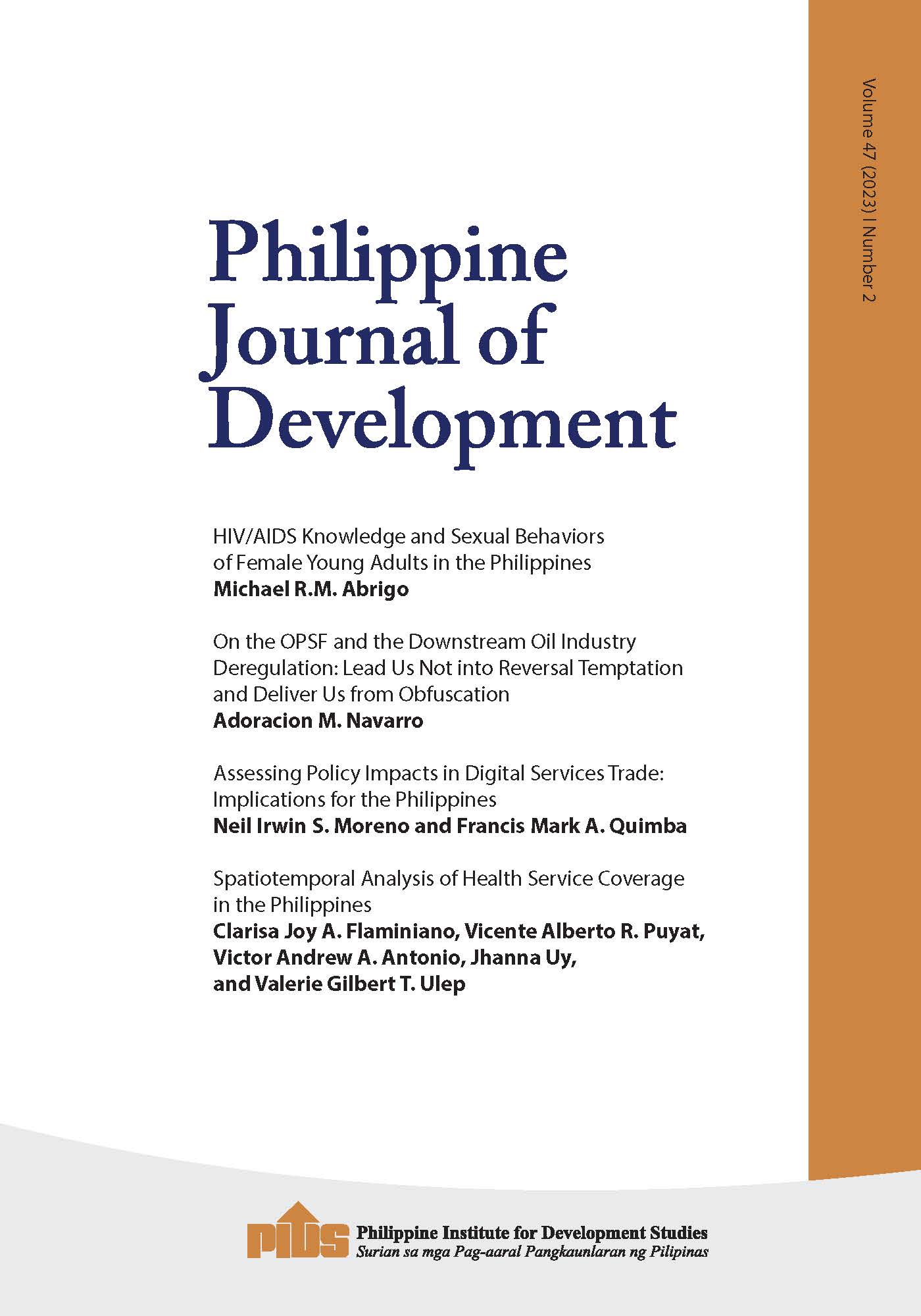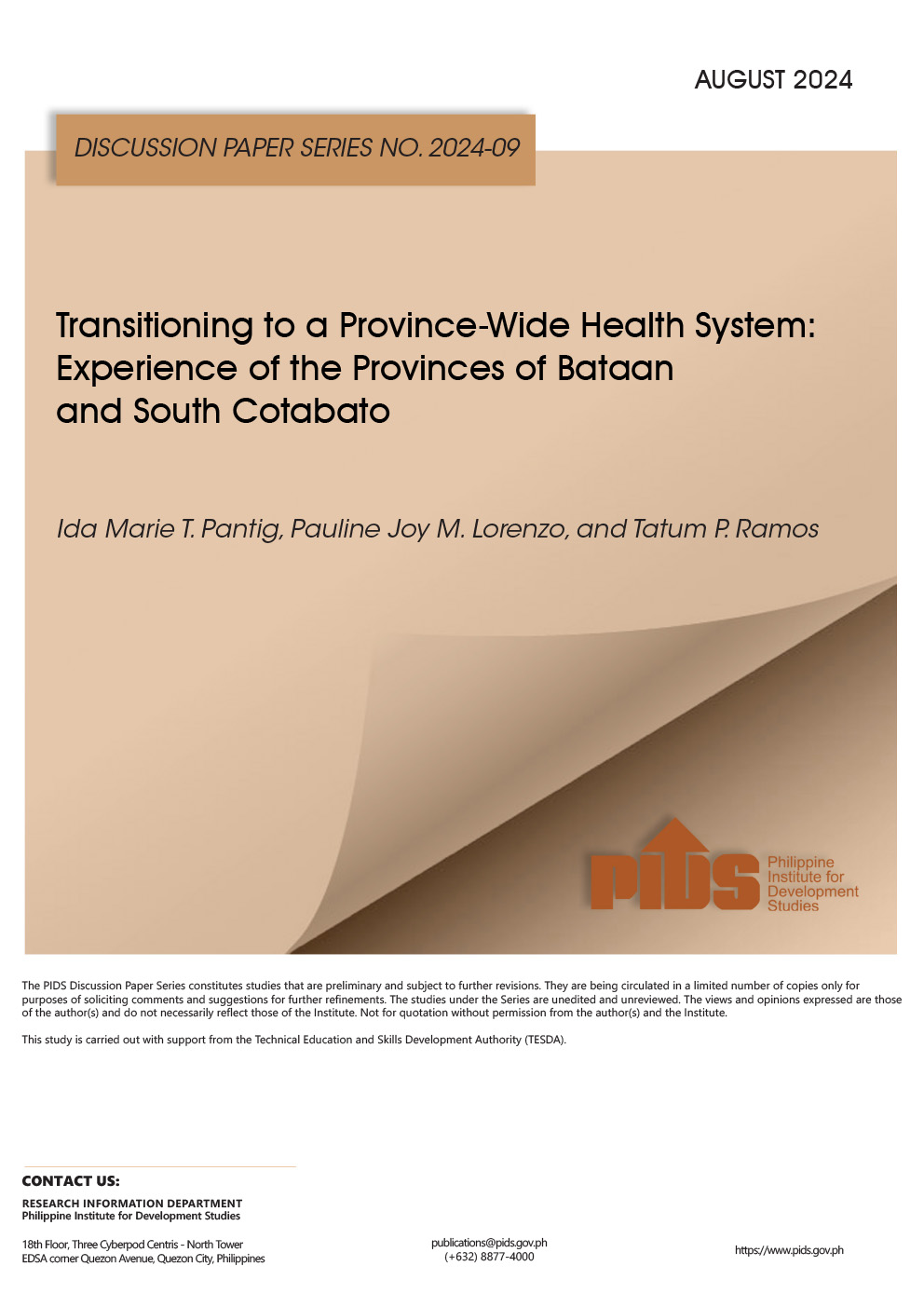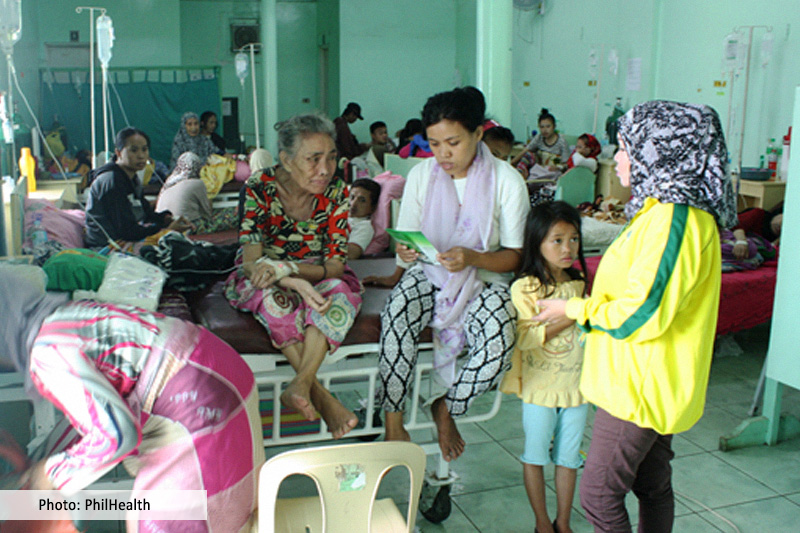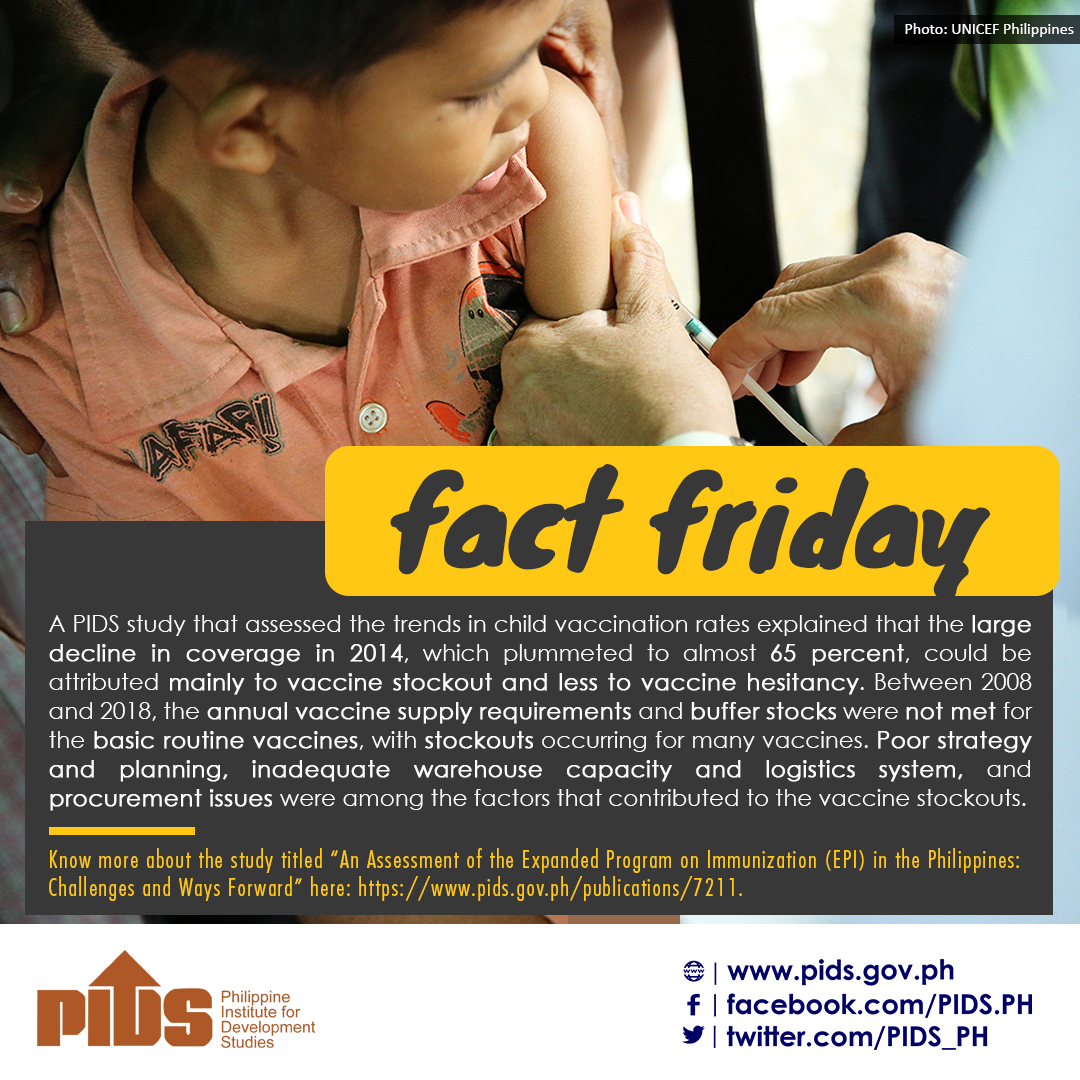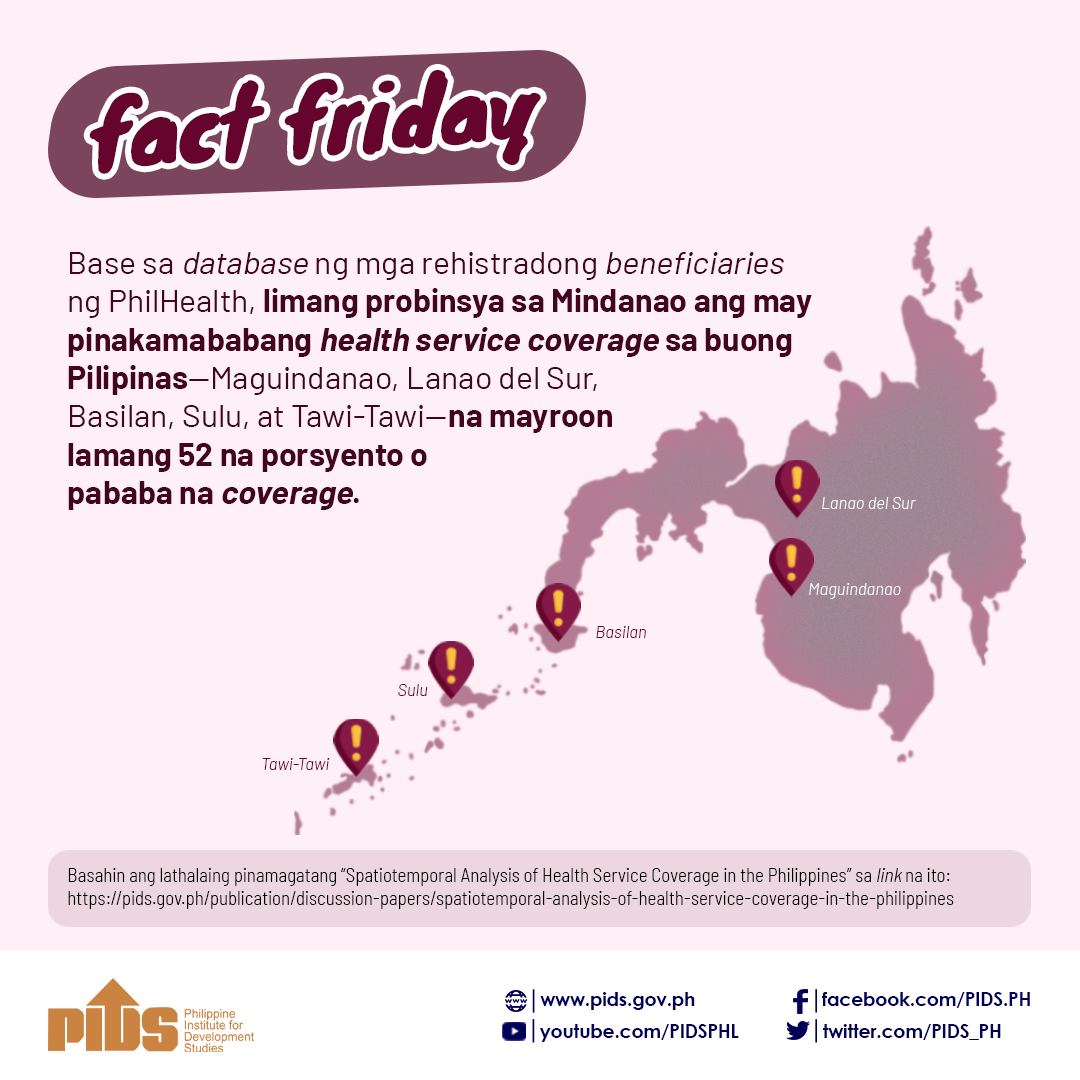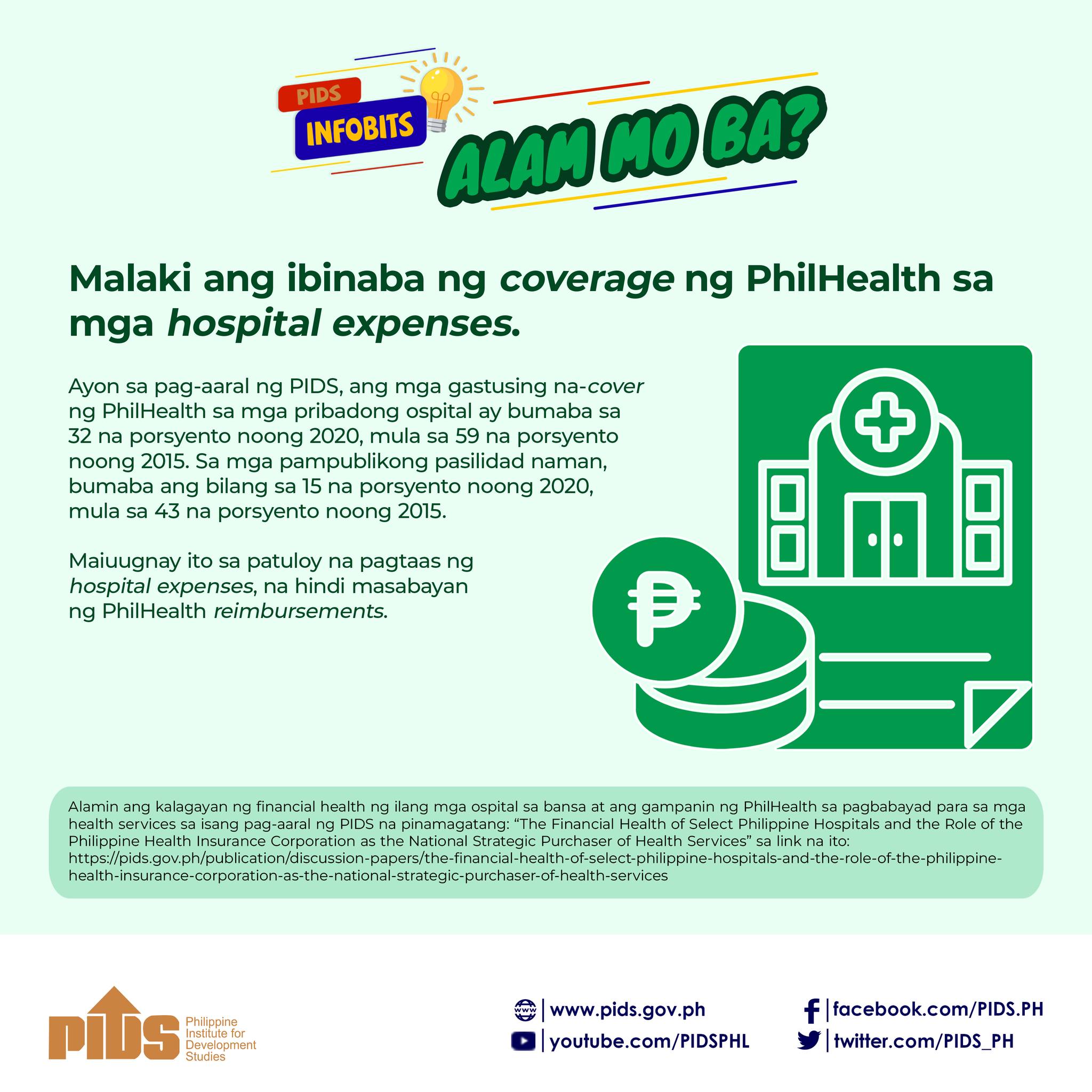Crop insurance is key to security.
It is a natural incentive for farmers to continue growing agricultural produce in the face of risks--pest infestation, natural calamitites, and man made-crises, including armed conflict, that could all ruin or diminish harvest.
In short, crop insurance is simply giving peace of mind to the people who till the land and sustain the never-ending cycle of food production.
This virtuous cycle is the nation’s guarantee of perpetual food sufficiency in step with a booming population which has now reached more than 100 million.
Thus, Sen. Francis "Chiz” Escudero said the massive destruction caused by typhoon "Lando” on agriculture underscores the need to increase the coverage of crop insurance in the country.
As of Friday last week, the Department of Agriculture reported that the cost of the damage has already reached P6.4 billion, covering thousands of hectares of farmlands in the Ilocos, Cagayan Valley, Cordillera and Central Luzon regions.
Escudero said the impact of the typhoon suggests a big loss not just for the agriculture sector, but more so to farmers who rely heavily on farming for their livelihood.
While he urged the Department of Budget and Management to hasten the release of a supplemental budget, Escudero wanted to see a long-term program that will address crop losses by getting farmers insurance coverage from the state-owned Philippine Crop Insurance Corporation.
"Helping our farmers get an insurance coverage for their crops will not only save government funds, but more importantly, give farmers a sense of security amid the threat of climate change,” he said.
As an attached agency of the Department of Agriculture, PCIC’s principal mandate is "to provide insurance protection to farmers against losses arising from natural calamities, plant diseases and pest infestations of their palay and corn crops, as well as other crops.”
In 2014, PCIC reported a 24.3-percent increase in the number of enrollees in the government’s crop insurance program, registering 924,343 enrollees in 2014, from 743,589 in 2013.
The PCIC said that rice, corn and high-value crop farmers covered by its insurance program expanded in size to 778,375 hectares, or 53.82 percent higher compared to the 2013 data. On the other hand, insured livestock rose six-fold to 500,568 last year.
"Seventy percent of farmers and fishermen who were given insurance protection last year were granted free coverage under various government programs such as the provision of insurance to those listed in the Department of Budget and Management’s Registry System for Basic Sectors in Agriculture,” PCIC said.
However, a study released by government think-tank Philippine Institute for Development Studies in January this year found the lack of awareness on PCIC’s programs in some parts of the country particularly in Cagayan, Negros Occidental, and Davao del Norte.
For 2016, P1.6 billion has been appropriated for the full insurance premiums of subsistence farmers and fisherfolk to cover crop, livestock, fisheries or non-crop agricultural asset.
Thus, Escudero called on the DA to intensify the information campaign on PCIC’s program to educate farmers on the importance of investing on crop insurance.
"The DA should collaborate with local government units not only in educating farmers on the packages offered by the PCIC but also in exploring schemes where a portion of the insurance premium could be shouldered by the local government,” Escudero said.//


